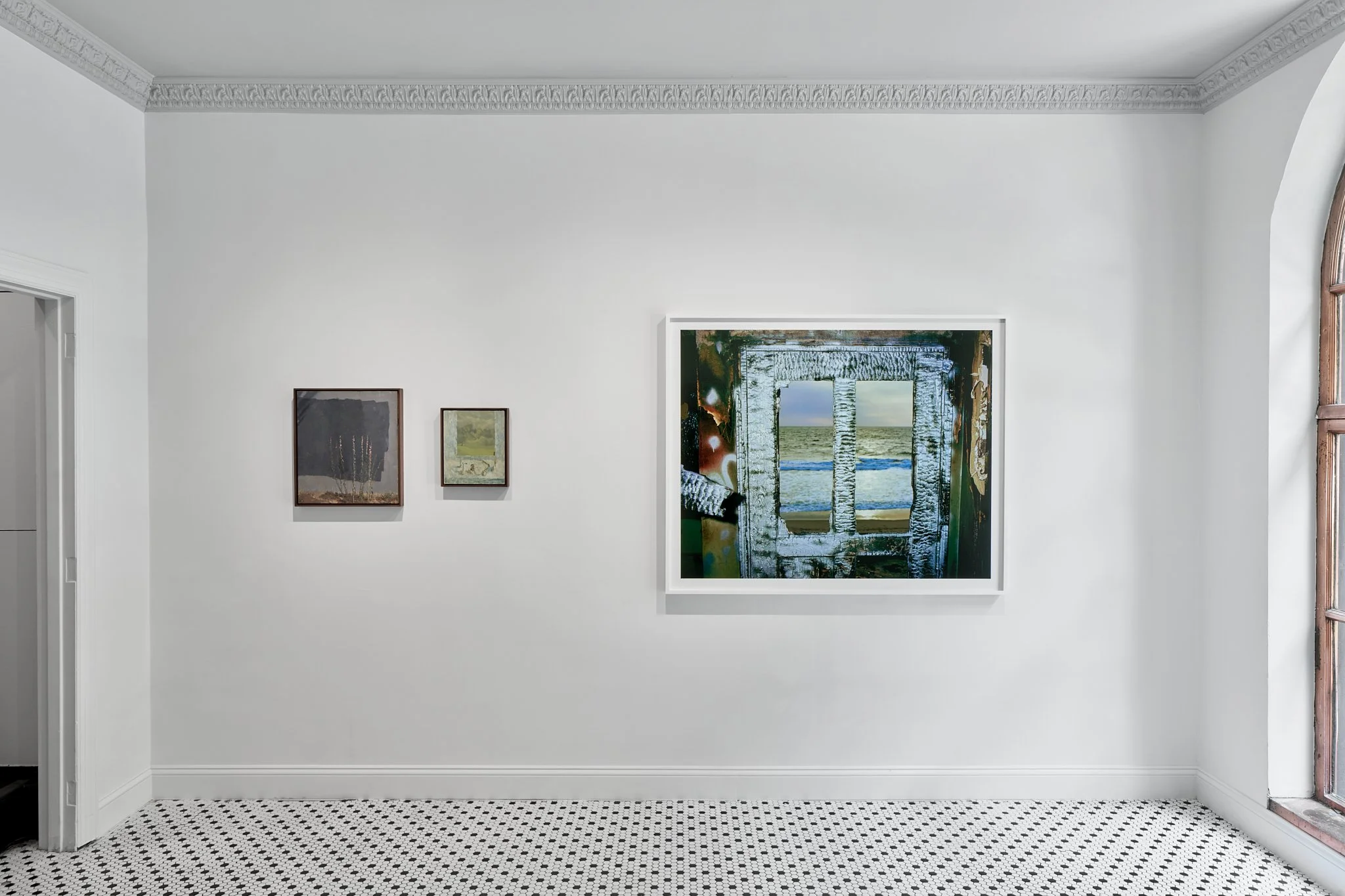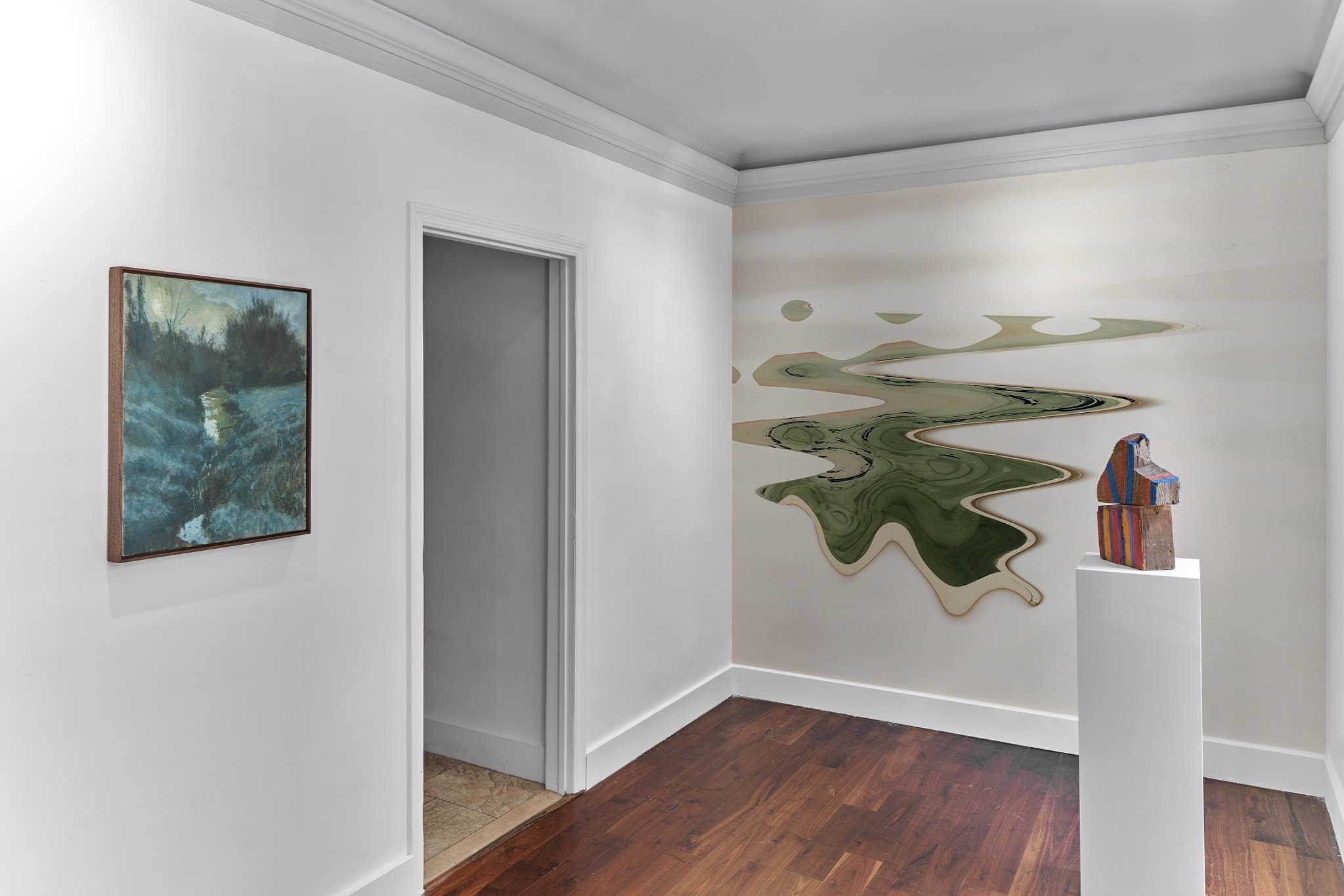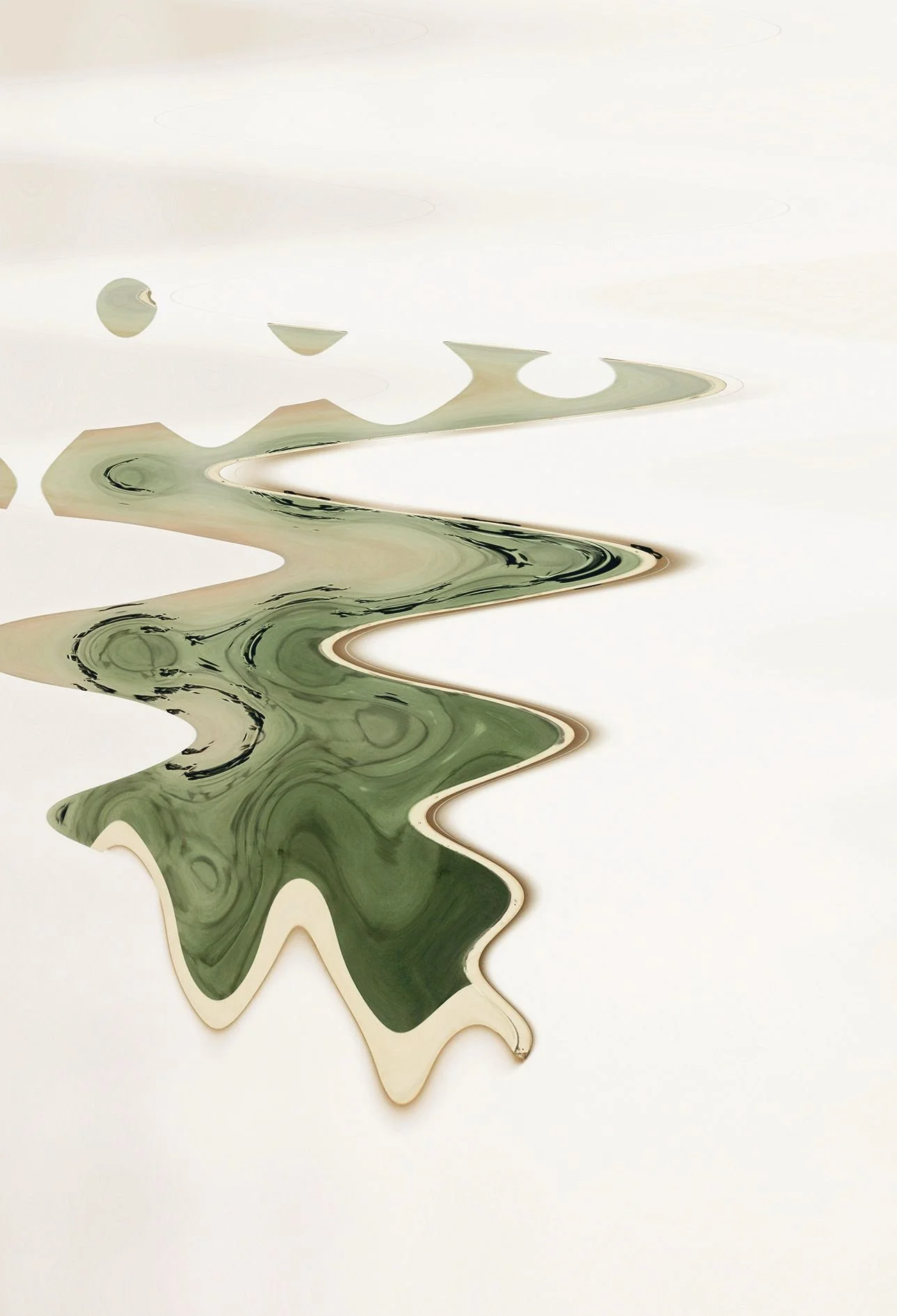Drift
John Divola, Sebastián Espejo, Paulina Freifeld, Anatole Heger, Louise Lawler, Betty Parsons
June 27 – August 2, 2025
John Divola, Zuma #70, 1977, Archival pigment print, 40 x 50 in (101.6 x 127 cm) 44 3/4 x 54 3/4 (113.7 x 139.1 cm) framed, Edition 1 of 3
Betty Parsons, Islands, 1960-1961, Signed and dated on recto; titled and dated on verso, Gouache on paper, 30 x 22 in (76.2 x 55.9 cm), 33 1/4 x 25 1/4 x 1 5/8 in (84.1 x 64.1 x 4.1 cm) framed
Betty Parsons, Out of the Sky, 1975, Signed and dated on recto; titled and dated on verso, Gouache on paper, 23 3/4 x 18 1/2 in (60.3 x 47 cm), 26 7/8 x 21 5/8 in (68.3 x 54.9 cm) framed
Sebastián Espejo, Blackwall, 2025, Oil and wax on birch wood, 18 x 16 in (45.7 x 40.6 cm), 19 x 17 in (48.3 x 43.2 cm) framed
Sebastián Espejo, Folding Paths, 2025, Oil and wax on birch wood, 11 3/4 x 9 3/4 in (30 x 24.8 cm), 12 3/4 x 10 3/4 in (32.4 x 27.3 cm) framed
John Divola, Zuma #20, 1978, Archival pigment print, 40 x 50 in (101.6 x 127 cm), 44 3/4 x 54 3/4 (113.7 x 139.1 cm) framed, Edition 3 of 3
Louise Lawler, No Drones (adjusted to fit, distorted for the times), 2010/2011/2022, Adhesive wall material, Dimensions variable to match proportions of a given wall at any scale determined by exhibitor, Edition 1/1, 1 AP
Betty Parsons, Title Unknown, n.d., Acrylic on wood with hardware, 15 x 12 1/2 x 4 1/2 in (38.1 x 31.75 x 11.43 cm)
Anatole Heger, Parfums d'enfance, 2025, Acrylic and oil pastels on canvas, 40 x 30 in (101.6 x 76.2 cm)
Paulina Freifeld, Mama de Espaldas, Ink transfer on rice paper mounted on plywood light box, 8 1/2 x 11 1/2 in (21.6 x 29.2 cm), 11 3/8 x 14 x 3 1/8 in (29 x 35.5 x x 8 cm) overall
Paulina Freifeld, Echado, 2025, Watercolor on panel, 7 x 5 in (17.8 x 12.7 cm)
Paulina Freifeld, Mantequilla, 2025, Watercolor on canvas, 3 x 3 in (7.6 x 7.6 cm)
Paulina Freifeld, Boca arriba, 2025, Watercolor on wood, 4 x 4 in (10.2 x 10.2 cm)
Sebastián Espejo, Dagenham Brook, 2025, Oil and wax on birch wood, 24 x 18 in (61 x 45.9 cm), 25 x 19 in (63.5 x 48.3 cm) framed
In his slim 1962 book The Shape of Time, George Kubler invented an art history of drift. According to Kubler, artworks live among the lumbering mass of all man made things. Every form emulates another imperfectly and propels an aimless tide of mishewn copies. Over time, the “drift is perceived and brought to order by an artist,” who slogs through the accretion and creates a new model, awash in idle foam.¹
Later that decade, drift was invented again. On the other side of the planet, Kunimitsu Takahashi oversteered his Nissan GT-R, screeching through hairpin turns. Keiichi “Drift King” Tsuchiya perfected the stylish, illegal art in the ‘80s on the switchbacks looping Mt. Fuji.²
At Slip House, Drift is fast and slow. The exhibition gathers six artists who gently shape the fleeting imprints of accumulated presence, and who disturb spatial logics through clandestine strategy. Across photography, painting, sculpture, and installation, the show explores how surfaces hold evidence by fine tuning collected memories and burning tracks of contact and transformation.
Sebastián Espejo’s precisely weathered sculptural scenes hum with the charged quiet of places once occupied. Window sills, weeds, and brush organize traces of inhabitation and wilderness. John Divola’s California interiors meet Espejo’s gentle framings tête-à-tête, unsettling picturesque oceanscapes with blunt proof of dereliction. Sanctioned and illicit interventions scramble surface and depth–collapsing architect, inhabitant, vandal, and photographer.
Paulina Freifeld and Anatole Heger sift personal narrative and cultural memory. Freifeld’s lightbox drawings on rice paper layer painterly marks over a family photo taken in Chapultapec and a jaguar slumped into carrion by the Yucatán’s controversial Tren Maya. Downstairs, her deep blue sleepers lie in the same limbo between suspended snapshot and mortal wound. Heger’s twilight lagoon half-remembers, half-imagines his nomadic childhood in a parallel swerve from spellbinding recollection to dislocating déjà vu.
For Betty Parsons, legendary gallerist and early promoter of Abstract Expressionism, color and line wash in at highwater. Informed by the “sheer energy” of transatlantic travels and the mana of the midcentury avant-garde, her aquatic stripes surface in vibrant islands and slip over beached driftwood chunks.
Around the corner, Louise Lawler warps her photograph of a Gerhard Richter painting, “distorted for the times” and stretched to fit the wall. Richter’s original image of Mustang Bombers ripples like a verdant mirage from Lawler’s drift, tires smoking.
– Emeline Boehringer
¹ George Kubler, The Shape of Time, Remarks on the History of Things (Yale University Press, 1962), 43.
² Interview with Keiichi Teuchiya, Toyota UK Magazine, June 2012.























